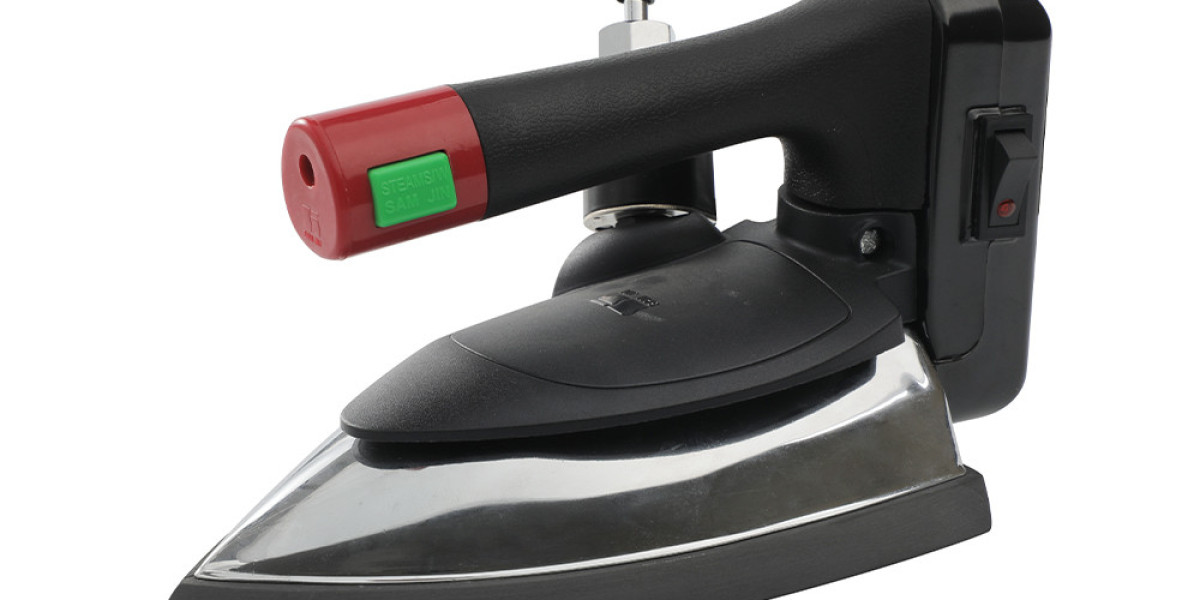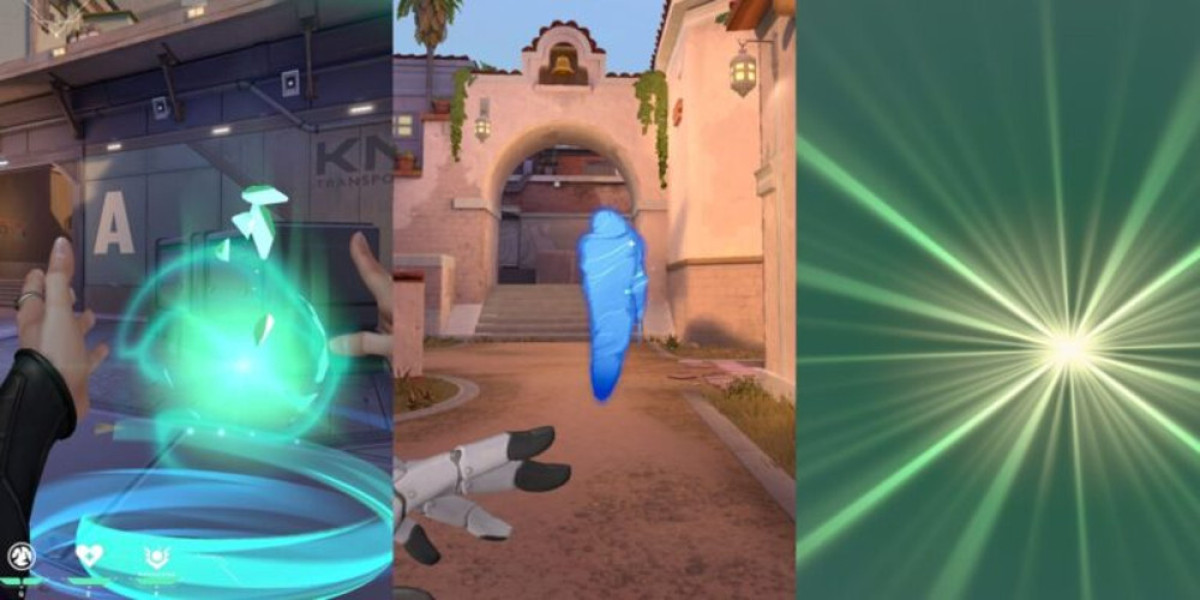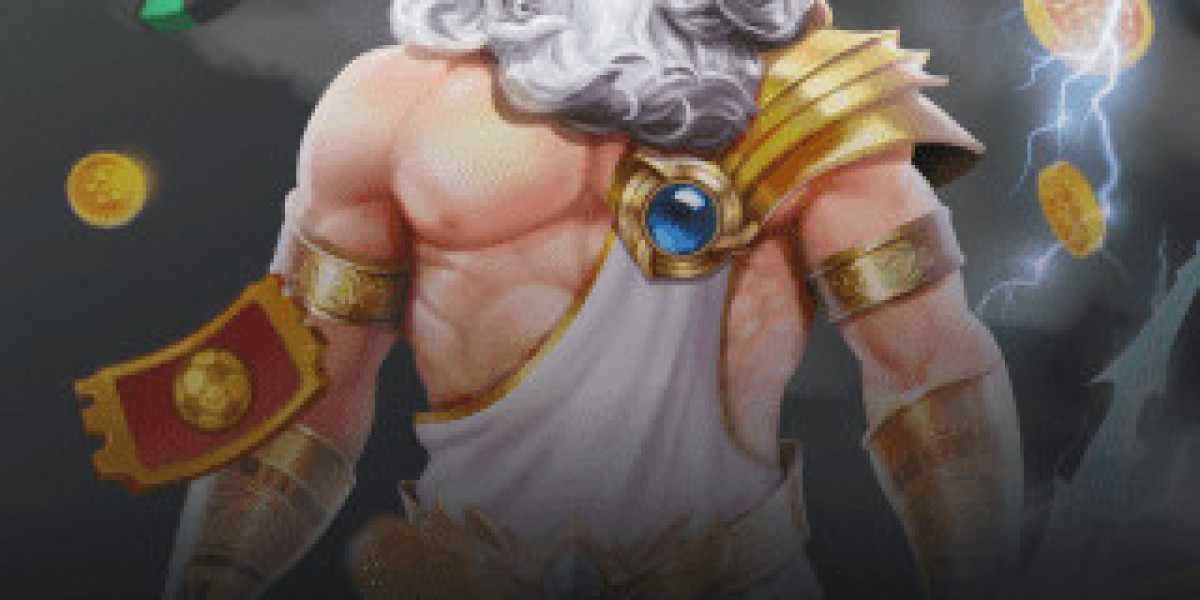The electric iron remains a fundamental appliance in households worldwide, dedicated to the task of removing wrinkles from fabric through the application of heat and pressure. Its operation, while seemingly straightforward, relies on a coordinated interplay of electrical and mechanical components. The primary function of any electric iron is to convert electrical energy into consistent thermal energy, which is then transferred to clothing via a smooth soleplate. The evolution of this device from a simple heated metal block to a sophisticated tool reflects advancements in material science and user safety. Modern iterations of the electric iron incorporate features that provide greater control and convenience for the user, making the chore of ironing more efficient.
At the heart of every electric iron is a heating element, typically composed of a resistant material like nichrome wire. When an electrical current passes through this element, it generates heat due to its inherent electrical resistance. This heat is conducted to the soleplate, the heavy metal base that makes direct contact with the fabric. The soleplate's material is crucial; aluminum heats quickly but may lack durability, while stainless steel offers a smoother glide and is more resistant to scratching. Ceramic-coated soleplates have become common for their superior non-stick properties. A critical safety and control component is the thermostat, a bimetallic strip that automatically bends and breaks the electrical circuit once the selected temperature is reached, preventing the electric iron from overheating and damaging garments. This allows the appliance to maintain a stable, user-defined temperature.
Additional features enhance the utility of the contemporary electric iron. A water reservoir and a steam generation system allow the user to inject steam into the fabric during ironing. This moisture helps relax fabric fibers, making stubborn wrinkles easier to remove. A burst-of-steam function provides a powerful shot of vapor for dealing with particularly tough creases. The soleplate features numerous tiny steam vents to distribute the moisture evenly. Furthermore, a spray mist function can dampen dry fabrics before the iron passes over them. The design of the electric iron also prioritizes user ergonomics and safety, with heat-resistant handles and auto-shutoff mechanisms that power down the unit if left stationary for a predetermined time. These integrated systems work in concert to make the modern electric iron a reliable and safe tool for garment care.








